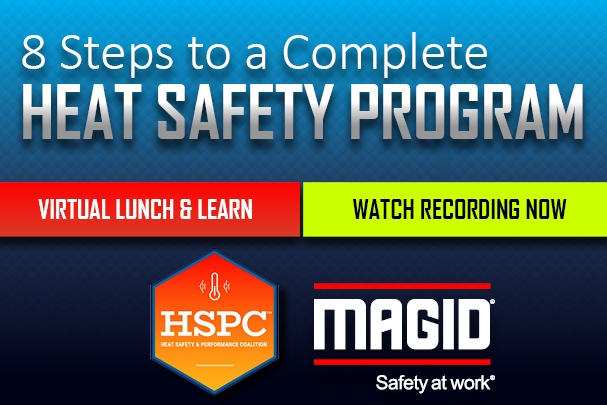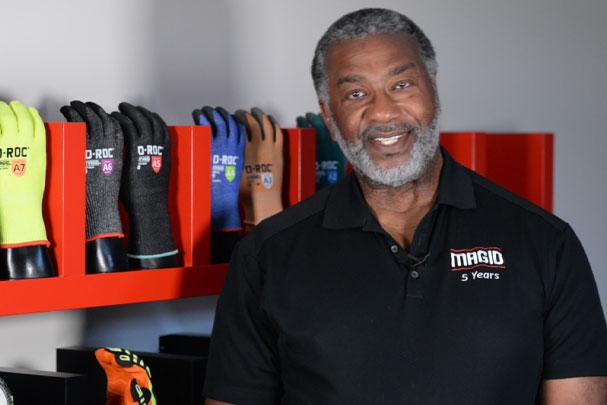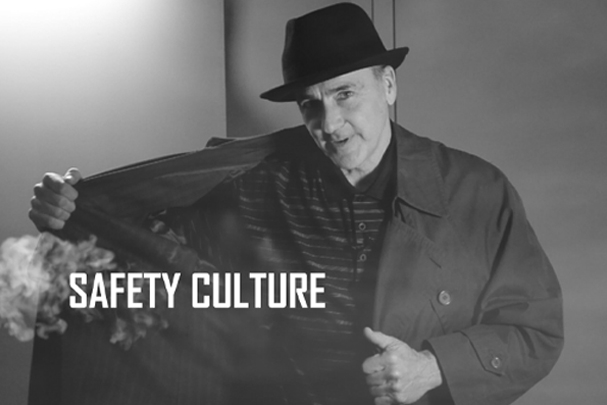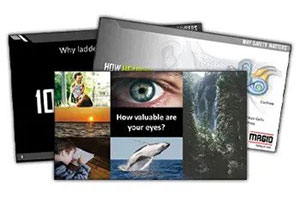
4 Things You Should Expect from a Safety Assessment
Safety assessments can give you valuable advice on increasing worker safety, lowering costs, standardizing your PPE, and even avoiding OSHA fines. But how can you tell if you’re getting the best information?
Here are 4 important things to look for in a quality safety assessment.

Find an Expert Provider
Lots of companies provide their version of a safety assessment, but not everyone is truly an expert.
- Can your provider perform a complete assessment, or do they have to rely on a parade of outside specialists who come to your facility and disrupt work on multiple days?
- How much experience do they have in the safety industry?
- What are their certifications, if any?
- Do they understand your industry?

A Thorough Assessment
A thorough safety assessment starts with a discussion of the challenges you’re experiencing and your goals for the assessment. The next step is an area-by-area examination of your facility. The assessor should talk to your people, ask questions, and review every operation you do while taking detailed notes and even taking pictures. Look for someone who understands that PPE is your last line of defense and who will look at ways to eliminate or reduce hazards, identify the safety concerns that OSHA will look for, and give advice on how to make your facility safer.

Detailed Reporting & Follow Up
Ask for a sample of the report they’ll provide. If it’s just a summary or a brief packet, are you really getting a useful assessment? You should expect a detailed report on every area and operation in your facility. Ideally, your report should be something you can present to OSHA at your next inspection to demonstrate compliance. If your assessment leads to new PPE recommendations, ask if your assessor can help you trial various products and choose the best options.

Unbiased Recommendations
Every facility has hazards that can’t be reduced. In that case, you’ll need an expert who can advise you on the right PPE. But keep in mind that the main focus should never be a sales pitch. Beware of a sales rep who simply walks through your facility to hand out samples. If the solution to every problem in your facility is a new glove sold by the assessor’s company, it might be a red flag. Be sure to ask if other products would be a better fit or be more cost effective.
A safety assessment is an investment of your time and effort. Make sure it gives you real results that will make a difference in your workers’ safety.







